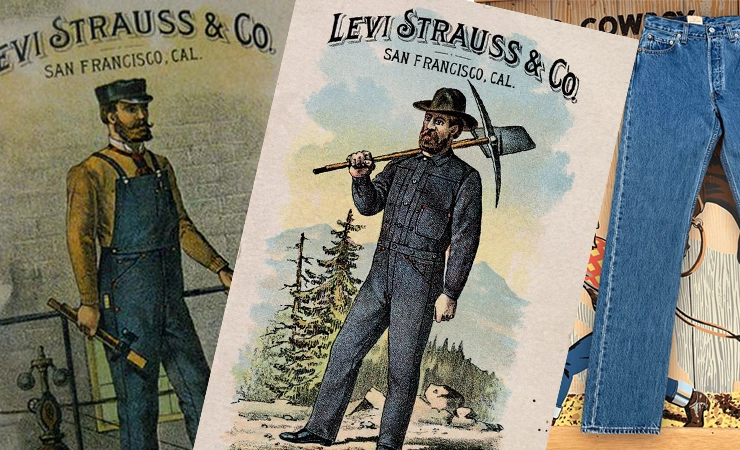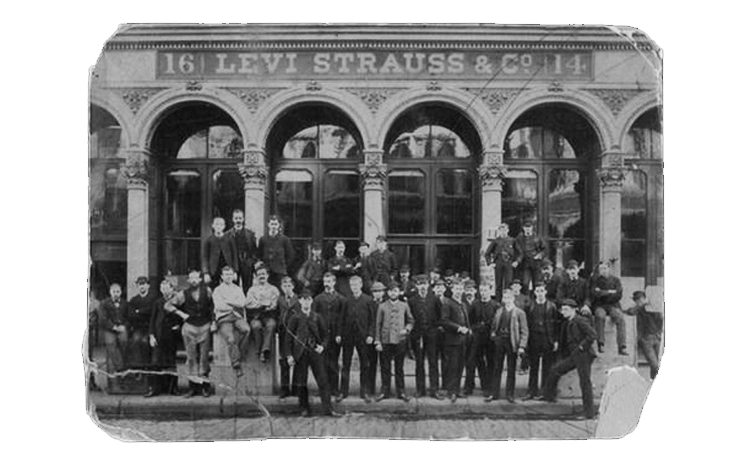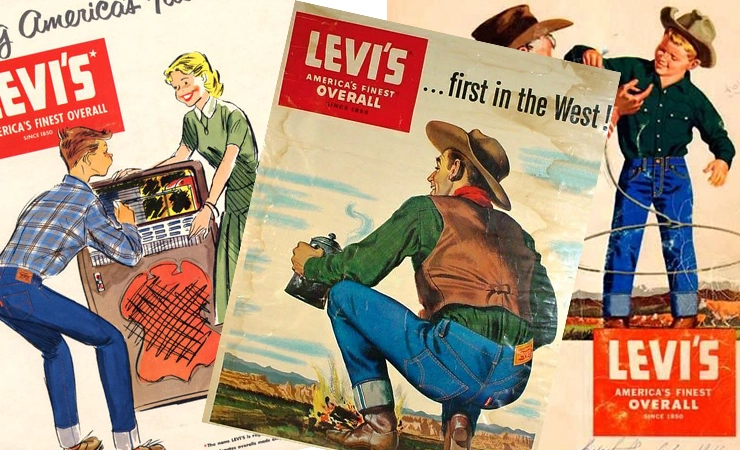Story Behind the Invention of Denim and Jeans

Jeans are a type of pants or trousers made from denim. Originally designed for miners, modern jeans were popularized as casual wear in the 1950s movies, leading to the fabric becoming a symbol of defiance for diverse youth subcultures, solidifying jeans as a quintessential piece of Western fashion.

The etymology of “jeans” finds its roots in the cities of Genoa, Italy, and Nîmes, France. The French word for Genoa, “Gênes,” birthed the term “jeans,” while “denim” originated from “de Nîmes,” meaning “from Nîmes.” The Genoese navy outfitted sailors with jeans due to the fabric’s versatility in wet and dry conditions, while Nîmes’s coarser denim, deemed of higher quality, found use in garments like smocks and overalls. The dyeing process, initially reliant on indigo plantations in India, saw a shift to German-developed indigo synthesis methods in the late 19th century.

The pivotal moment in jeans’ history occurred in 1873 when Levi Strauss and tailor Jacob Davis joined forces. Davis proposed reinforcing clothing with rivets, leading to the issuance of US patent No. 139,121 for this innovation. The copper rivets were strategically placed to fortify stress points, marking a significant stride in the durability of denim apparel. In 1901, Levi Strauss further refined jeans, introducing the now-standard five-pocket configuration.

As jeans gained widespread popularity in the United States during the 1970s, their evolution continued. In 1965, the “Limbo” boutique in New York’s East Village pioneered the practice of washing new jeans for a worn effect, igniting a trend. This enterprising retailer went a step further, embellishing jeans with patches and decals, creating an enhanced version that commanded higher prices upon resale.
Today, North America spearheads global jeans purchases at 39%, followed by Western Europe at 20%, and Japan and Korea at 10%. The rest of the world accounts for the remaining 31%, showcasing the enduring and growing popularity of jeans with years.


